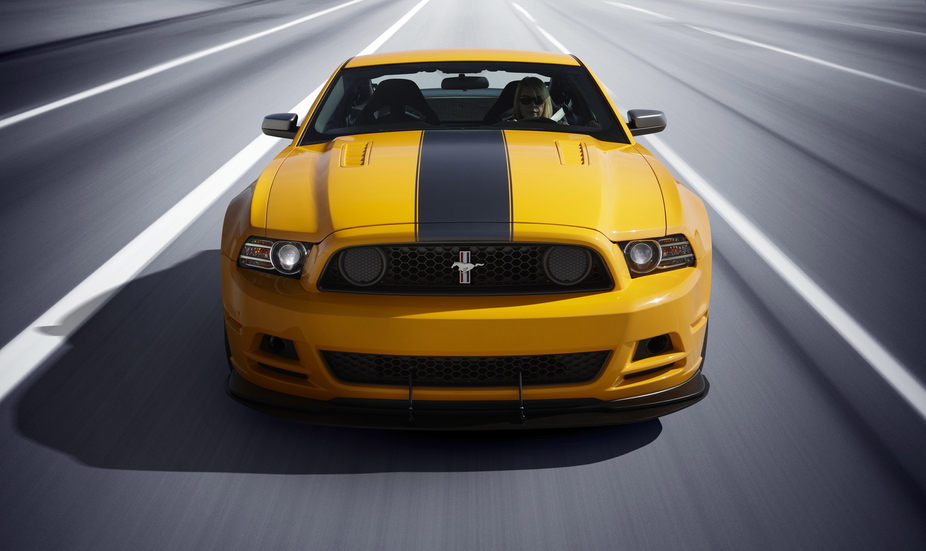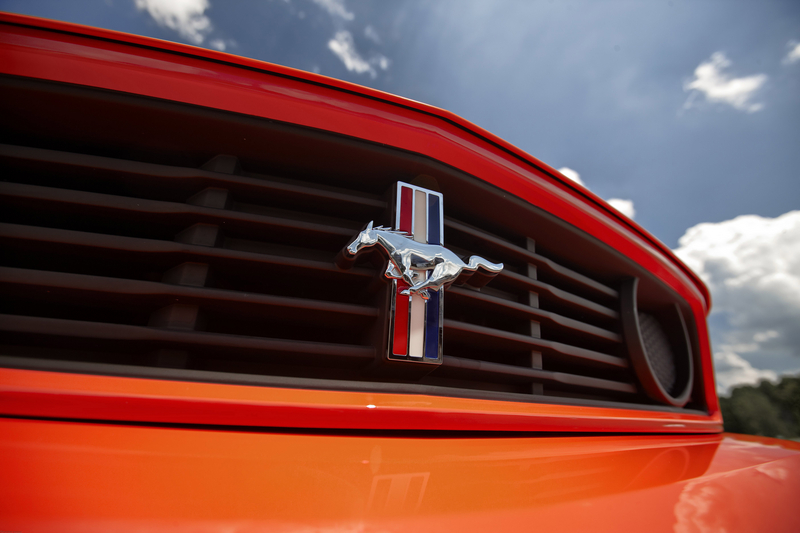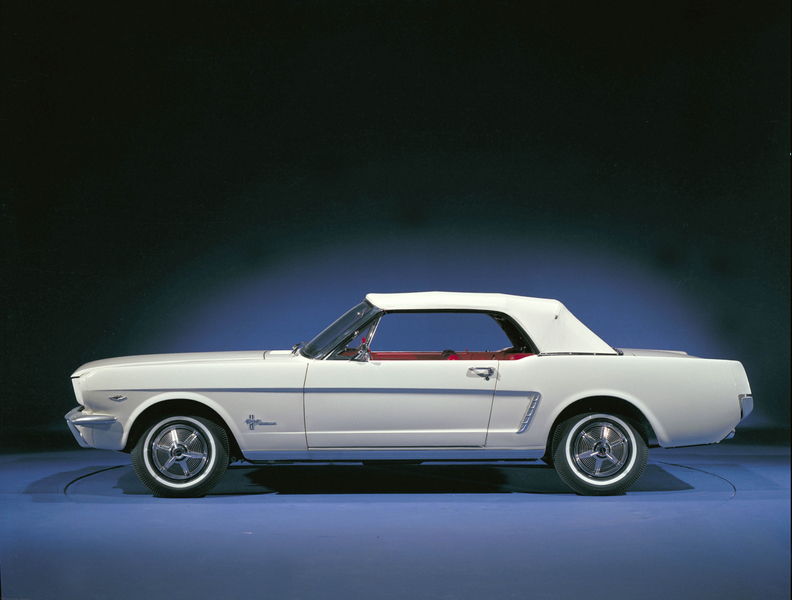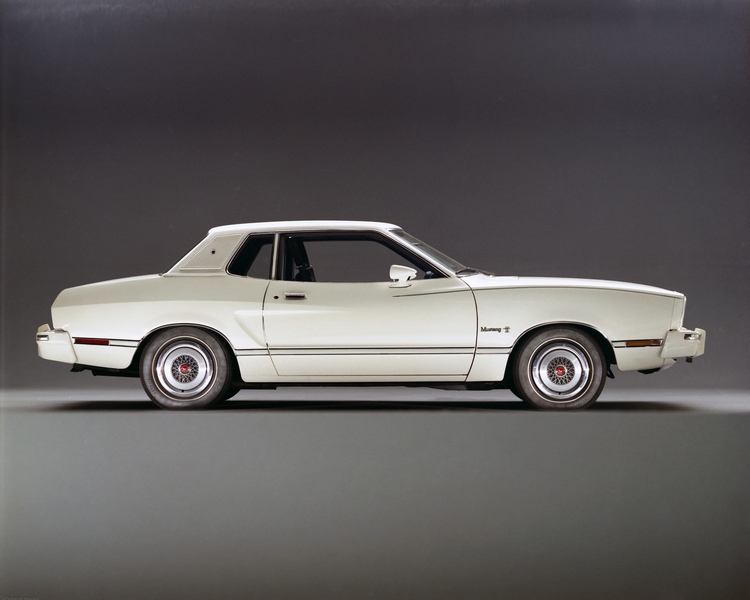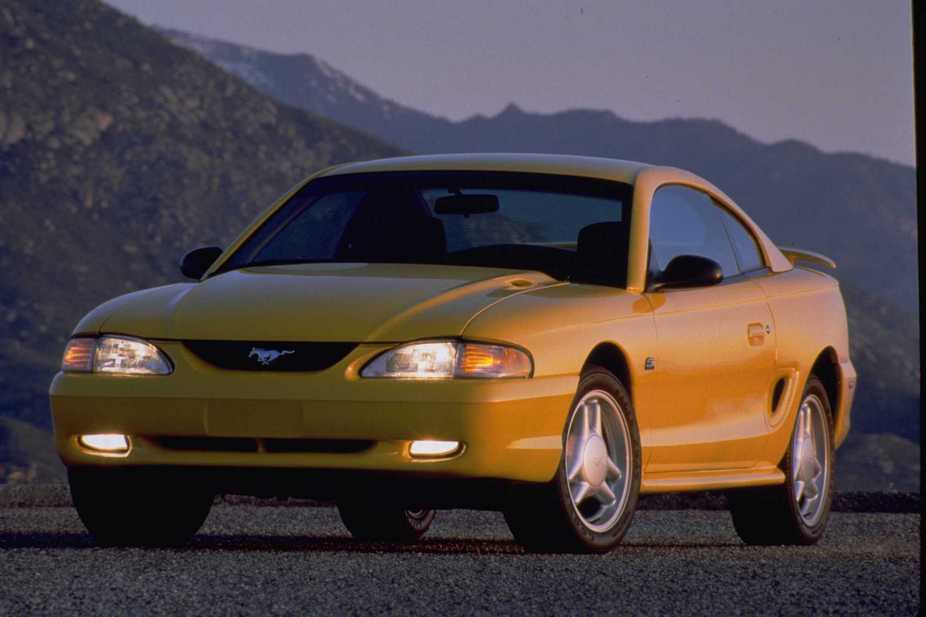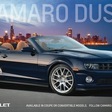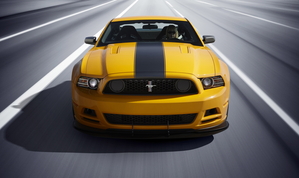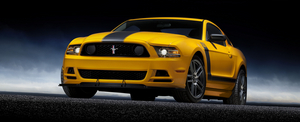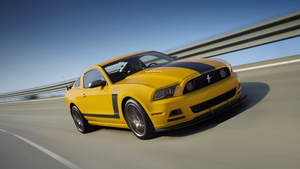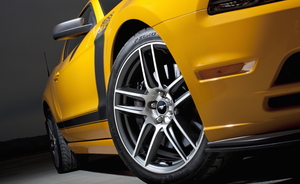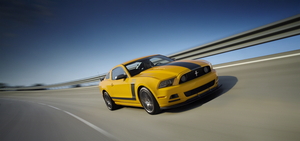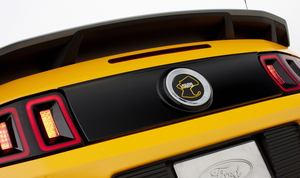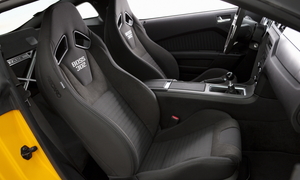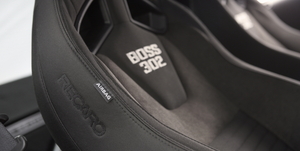|
Send this page to a friend! Fill in the form bellow | ||
news
Ford Mustang Boss 302: New for 2013
Ford is unveiling another new Mustang, this one builds on the heritage of the 1970 Boss 302. It is complete with new, reflective hockey stick graphics and School Bus Yellow paint with Sterling Gray accents. The paint job honours Parnelli Jones’ 1970 Trans-Am championship car.
Ford says the Boss 302 is all about performance, with a nod to heritage. The powerful Boss engine yields 444 horsepower and 380 lb.-ft. of torque, while still offering a smooth idle and low-end torque for comfortable around-town driving. A race-inspired clutch with upgraded friction materials transmits power, while a short-throw, close-ratio six-speed manual handles gear change duties.
To deliver all of the power to the rear wheels Ford has used carbon fibre clutch plates and a limited slip differential. Inside, the driver gets body hugging Recaro seats.
The new Mustang Boss includes Ford SYNC, the voice-activated in-car-connectivity system. This includes hands-free calls via Bluetooth, 911 assist (calls out emergency services) and a vehicle health report.
The lowered Mustang sits on 19” wheels shod with Pirelli rubber while Brembo brakes provide the stopping power. The brakes are 14” vented units which are assisted by ABS which Ford claim will give repeated brake-fade-free stops on road and track.
The Ford Mustang since 1964
With the Mustang, Ford invented a new automobile class, the “pony car”, and rival brands rushed into production to come up with cars of the same category. The first 18 months of the Mustang’s production stayed in history as the most successful car debut ever. After more than 40 years, the coupé is still being produced and Ford is selling around 150.000 Mustangs each year.
1964 Ford Mustang
In 1964, Ford unveiled their first ever Mustang. It inherited many parts, from other Ford models like the Falcon and Fairlane. Just 5 months after its introduction, the Mustang underwent a facelift and continued to grow heavier and bigger every year. The first generation Mustangs had mid and front engines, with displacements from 2.8 to 7.0 liters. The most basic model made 120hp while the top-of-the-line car delivered 385hp.
1974 Ford Mustang
The second generation Mustang was launched in 1974. After the continuous enlargement of the first generation until 1973, Ford decided to dramatically decrease its size to as close as possible to the original model. Shape and styling, as well as the mechanical features, were all reformulated in order to give the car an appearance that was closer to the 1964 model but with a higher performance.
1979 Ford Mustang
A fresh new Mustang, generation III, came out in 1979. Over the years, improvements were made to the Mustang regarding interior and exterior styling, giving it more comfort and a modernized look. Power was amplified as well throughout the years of production of the Mustang III. Ford also re-added the high-performance Mustang GT variant to the lineup in 1982.
1994 Ford Mustang
15 years past the Mustang’s last major amendment, in 1994, Ford launched its fourth generation. Motor Trend magazine named the Mustang Car of the Year for the third time when its fourth generation debuted. The Mustang IV engines ranged from a basic 3.8-liter to the top-of-the-line 5.4-liter Cobra R. Power output was increased along the years, starting at 145 hp to reach 190 hp for the standard version.
2004 Ford Mustang
Ford introduced the greatly redesigned fifth generation of the Mustang in 2004 at the North American International Auto Show. The refreshed car was an immediate hit in terms of sales. In 2012, the current Mustang received a minor facelift. Improvements include a changed exterior, and the 5.0 liter V8, introduced in 2010, got a power-uprgrade.
Encyclopedia |
Contribute
more about Ford



related event
latest news




